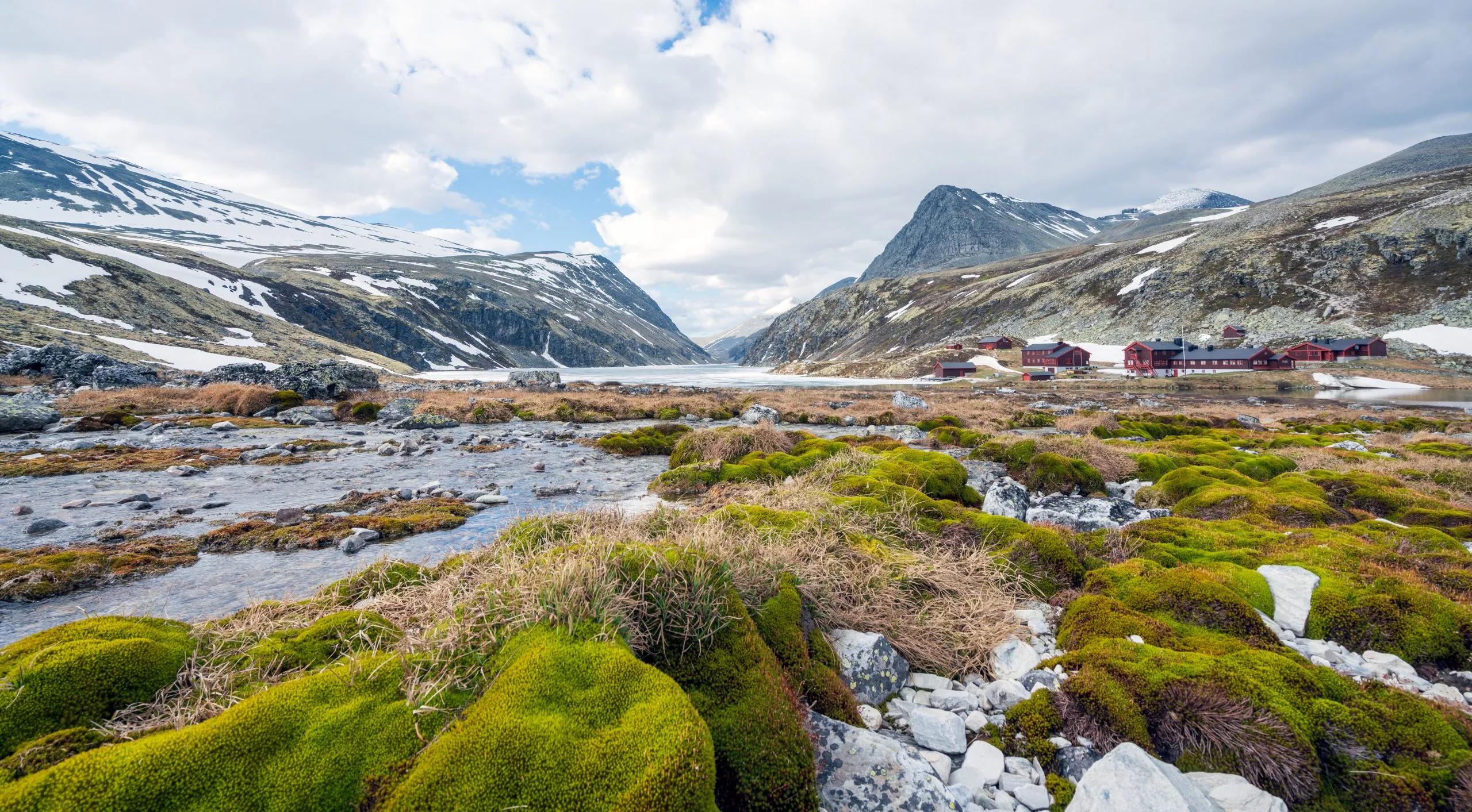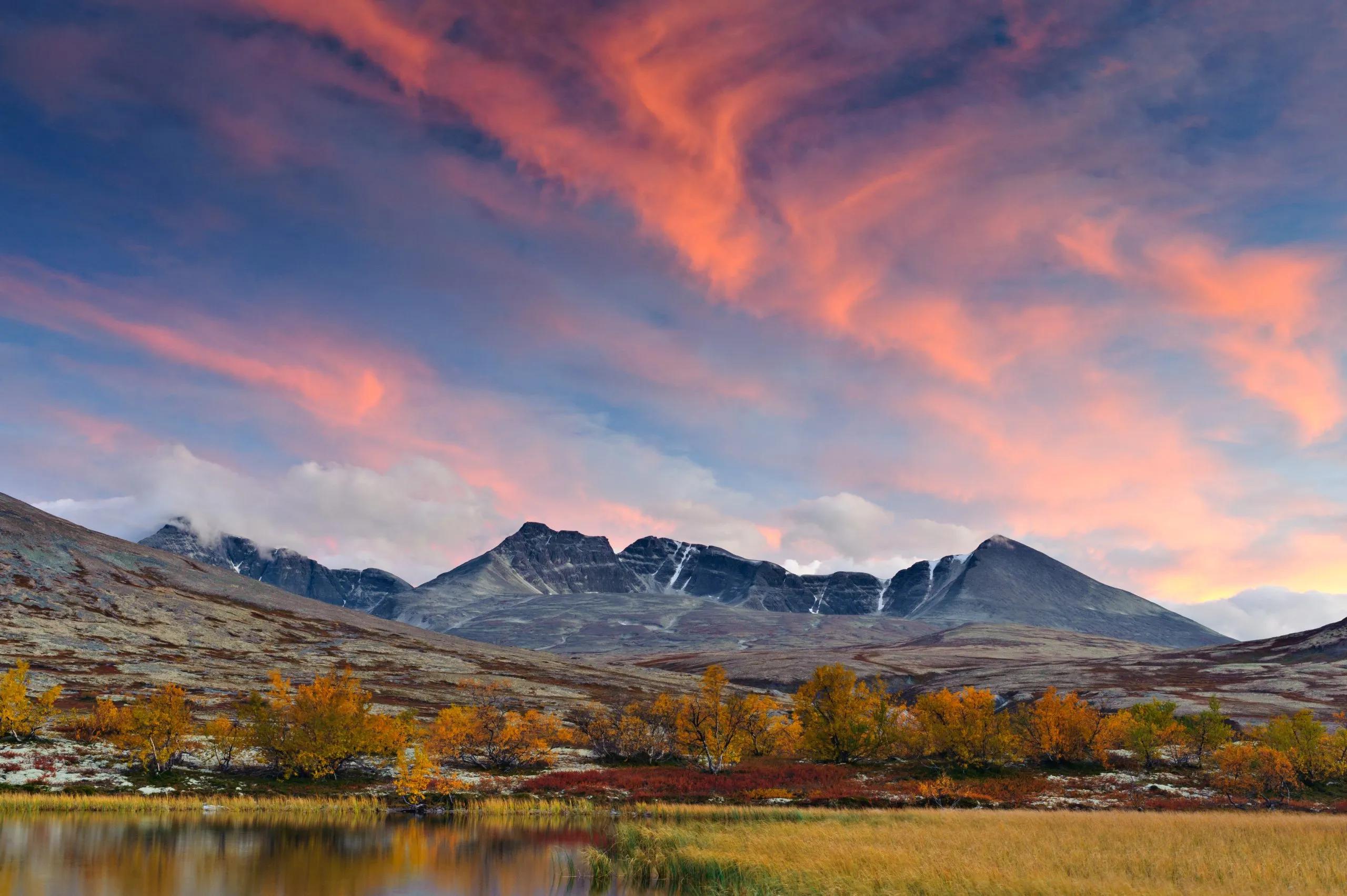6.5 km and 180 m of elevation gain / 90 m of elevation gain
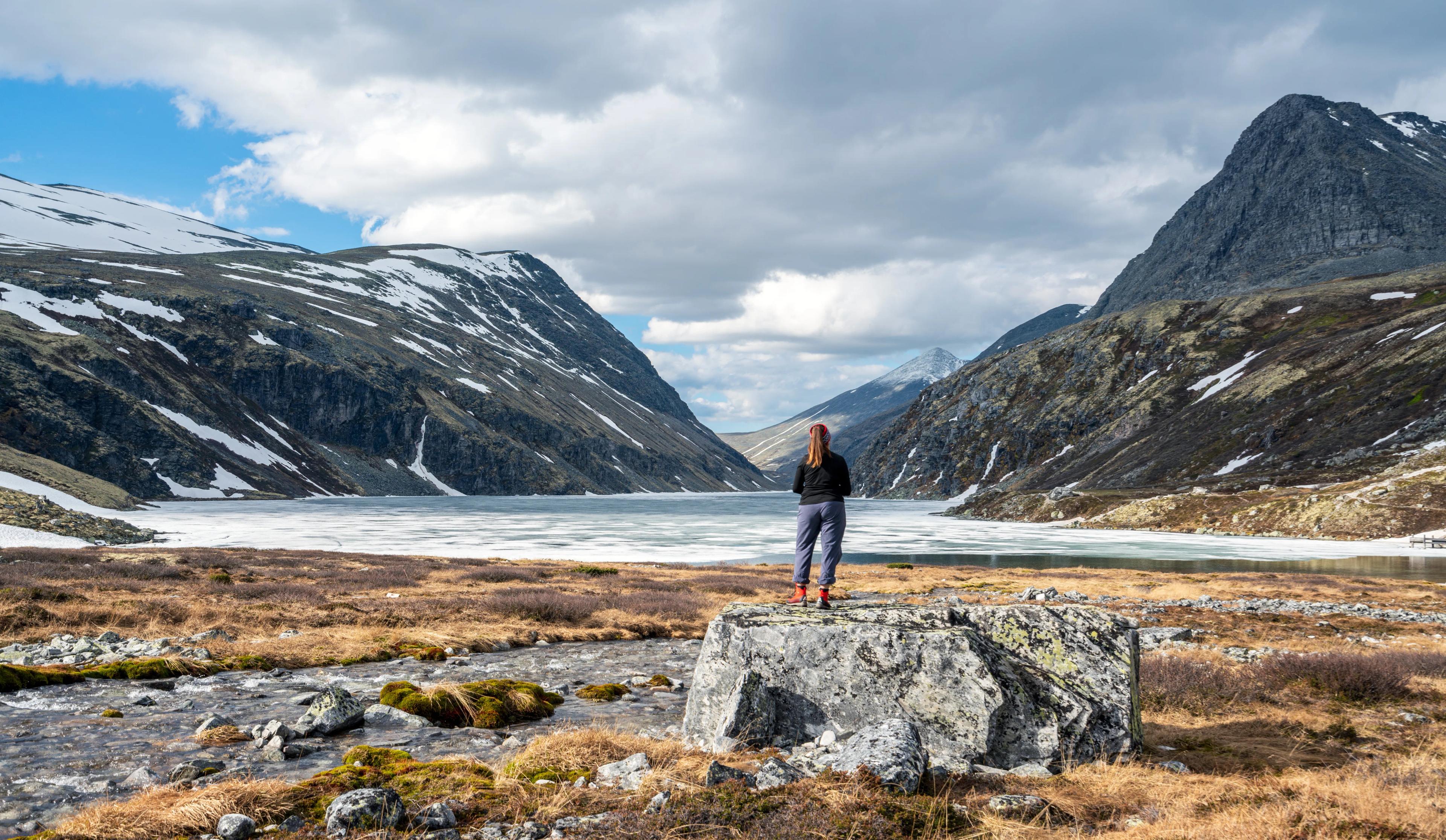


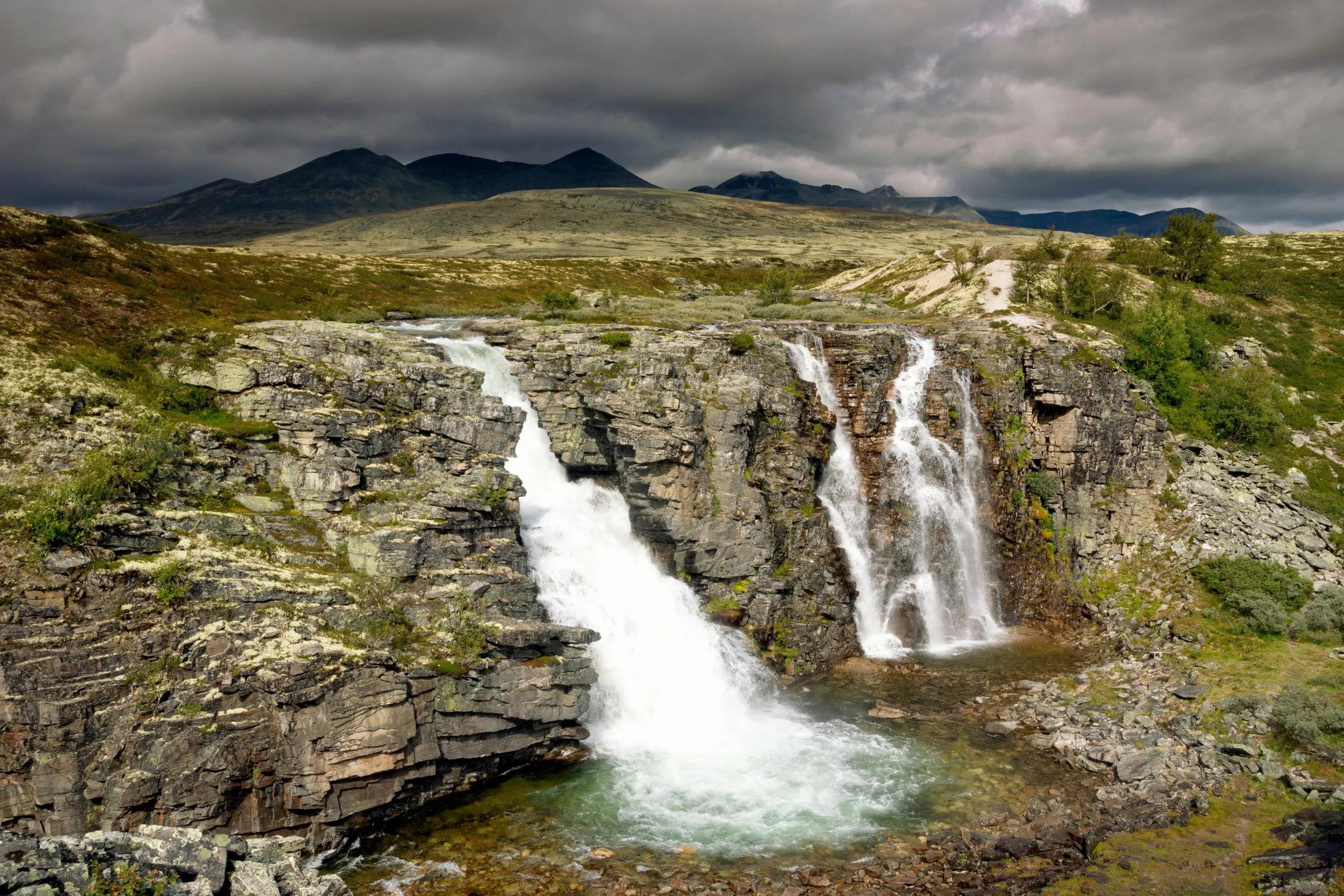

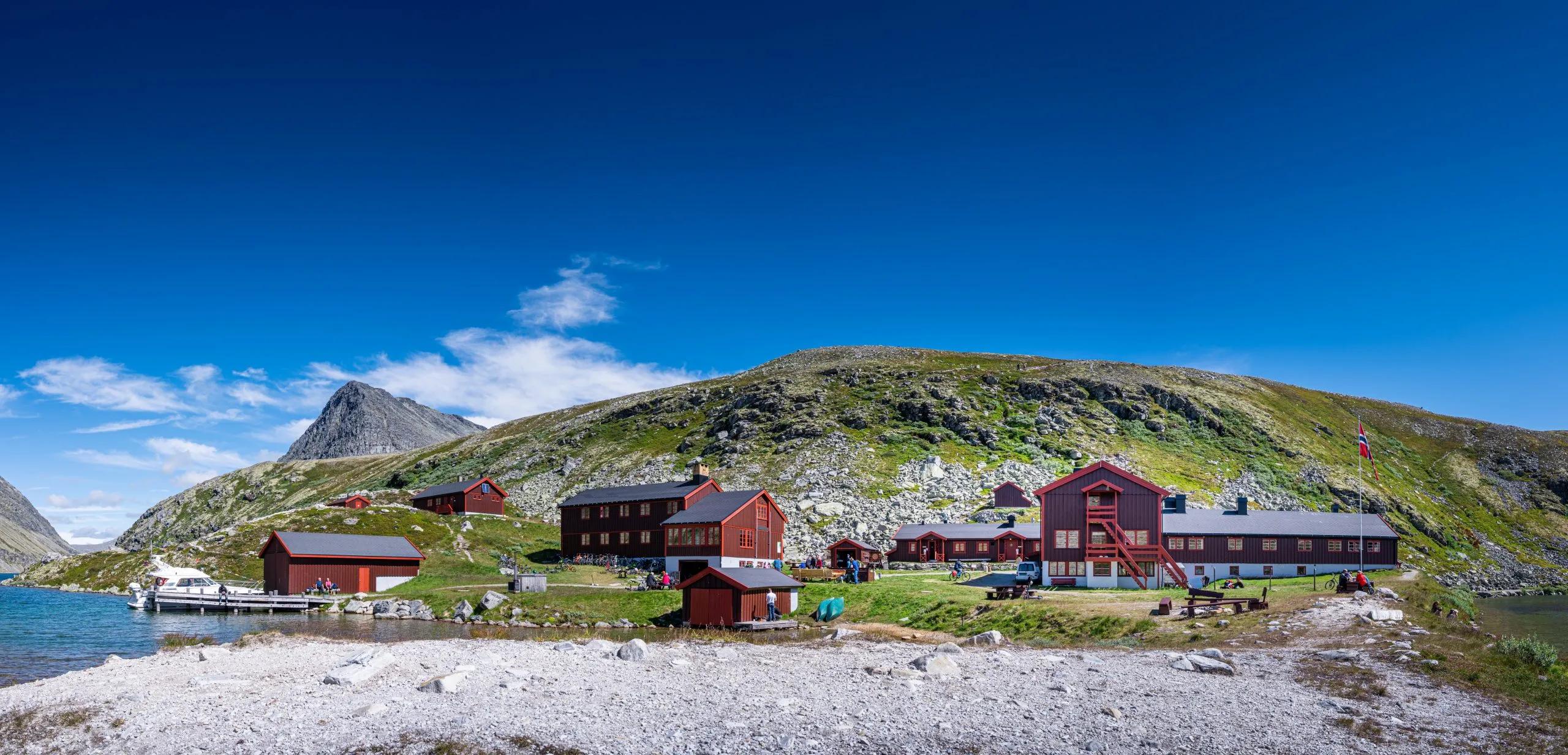





Rondane National Park Hiking Tour
5 days / 4 nights
|
Starting point
Otta / Spranget
Finish point
Otta
Season
From June to September
Technical level
2/5
Fitness level
2/5
Tour type
Hut-to-Hut
Starting point
Otta / Spranget
Finish point
Otta
Season
From June to September
Technical level
2/5
Fitness level
2/5
Tour type
Hut-to-Hut
Highlights
- Trek the circular route in Rondane, Norway's oldest national park
- Enjoy warm hospitality at staffed mountain cabins like Rondvassbu, Dørålseter, and Bjørnhollia
- Navigate through rounded, bouldery mountains and long valleys
- Climb to Illmanndalen Valley for stunning lake views
- Witness high mountains like Hogronden and Rondslottet
- Take a scenic boat ride across Rondvatnet Lake
Itinerary of the trip
FREE ITINERARY
Get Your Travel Itinerary
Loved the itinerary? Enter your email below, and we'll send a copy straight to your inbox.
What’s included in the price?
Self-guided
NOT INCLUDED
OPTIONAL EXTRAS
What to bring to the tour
- Hiking shoes/boots
- 25 to 45-liter backpack
- Base layer
- Sports T-shirts
- Hiking shorts
- Hiking water-repellent pants
- Waterproof jacket
- Midlayer
- Sports socks and underwear
- Leisurewear for evenings
- Down jacket
- Gloves
- Shade hat/cap
- Warm headwear
- Sunscreen
- Sunglasses
- Headlamp
- Hiking poles
- ID card or passport
- Snacks
- Cash
- Water bottles or hydration pack
- Sleeping liner
- Toiletries
- Toilet paper
- Small first aid kit
In the heart of Eastern Norway, where the sky meets towering peaks, lies the Rondane National Park, a haven of tranquility and natural beauty.
This oldest national park in Norway, a mosaic of high mountain plateaus and ten majestic peaks, including the soaring Rondeslottet, invites you to a journey of discovery and awe.
Here, amidst cozy mountain lodges and ancient paths, your adventure across the Rondane Triangle unfolds.
The park, cradled by the Innlandet county and spanning multiple municipalities, is a treasure trove of natural wonders. From the depths of Rondvatnet, a narrow lake nestled between towering massifs, to the captivating wildlife, including one of Scandinavia's few wild reindeer herds and landscape adorned with heather and lichen.
The Rondane Triangle, a route encompassing the park's essence, is a challenge and a delight. Its stages are not technically daunting but can be lengthy and with considerable elevation.
The Norwegian Mountain Touring Association's cabins along the way, like Rondvassbu, Dørålseter, and Bjørnhollia, offer a warm embrace after a day's journey. Here, the classic Norwegian hospitality awaits, with comforting food and cozy beds.
At Norway Hut to Hut Hiking, we strive to make this journey seamless for you. From booking your lodges to providing round-the-clock support on the route, we ensure every detail is taken care of. Our service includes GPS navigation and a comprehensive travel booklet, enriching your experience with in-depth knowledge of the Rondane Triangle.
Lace up your boots and let the mountains call you to their castle in the sky. After all, in Rondane, the trails whisper tales only heard by those who walk them.
Start planning today!
The sooner the better - guaranteed availability and best prices if you don't wait for too long.
Frequently Asked Questions
Ratings & Reviews

5.0 average rating

We had a lovely hike today with our guide Klemen. He personalized the tour on our needs and interests, so that we saw places we wouldn't without his experience. The hike was a little bit slippery after the rain from the last days and it went a lot upwards, but it was totally worth it! Thanks again :)


Our 3 day hike had to be rearranged 2/2 weather, so a one day hike was arranged for us. We appreciated the concern about weather and conditions. Our hike was with Matevz, who was a great guide. Very helpful and knowledgable. Would definitely recommend and will be back for a longer hike one day!
We had a lovely hike today with our guide Klemen. He personalized the tour on our needs and interests, so that we saw places we wouldn't without his experience. The hike was a little bit slippery after the rain from the last days and it went a lot upwards, but it was totally worth it! Thanks again :)


Our 3 day hike had to be rearranged 2/2 weather, so a one day hike was arranged for us. We appreciated the concern about weather and conditions. Our hike was with Matevz, who was a great guide. Very helpful and knowledgable. Would definitely recommend and will be back for a longer hike one day!
All available guidance options
Self-guided
Are you looking for a good adventure and limitless flexibility? Then you should try out a self-guided tour, perfect for independent explorers who want to set their own pace. Without the need to stick to a group schedule, you’re free to linger at scenic viewpoints while the logistics are taken care of in advance.

HASSLE-FREE
We handle itineraries, accommodations, and anything else you prefer not to deal with, so you can enjoy a carefree hike.

BOOK WITH CONFIDENCE
We are a financially protected company, fully bonded and insured, keeping your money safe and allowing you to travel with confidence.

TRIED & TESTED ADVENTURES
Only the best hut to hut hikes in Europe, cherry-picked by our local team with an in-depth knowledge of the region.

UNBEATABLE SUPPORT
Our 24/7 customer support is where we show our passion, bringing you a better experience by making your well-being our number one priority.




